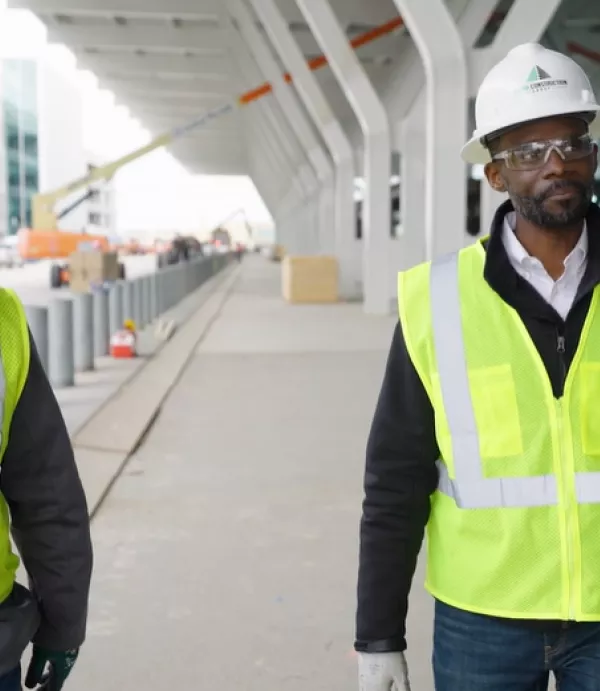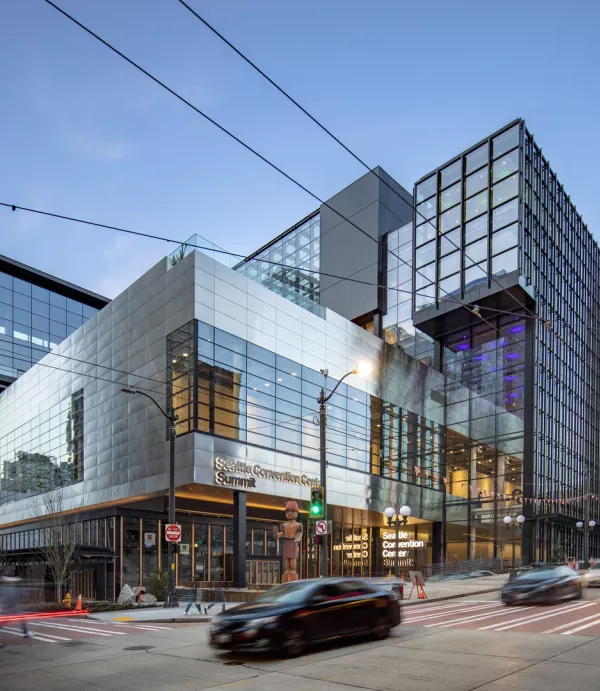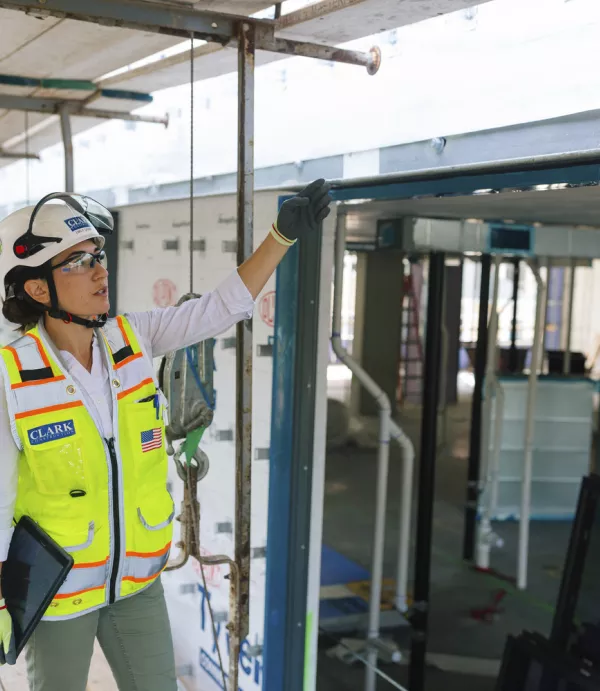UW Behavioral Health Teaching Facility Project Team Leverages Innovative Strategies to Advance Design Process
November 12, 2020
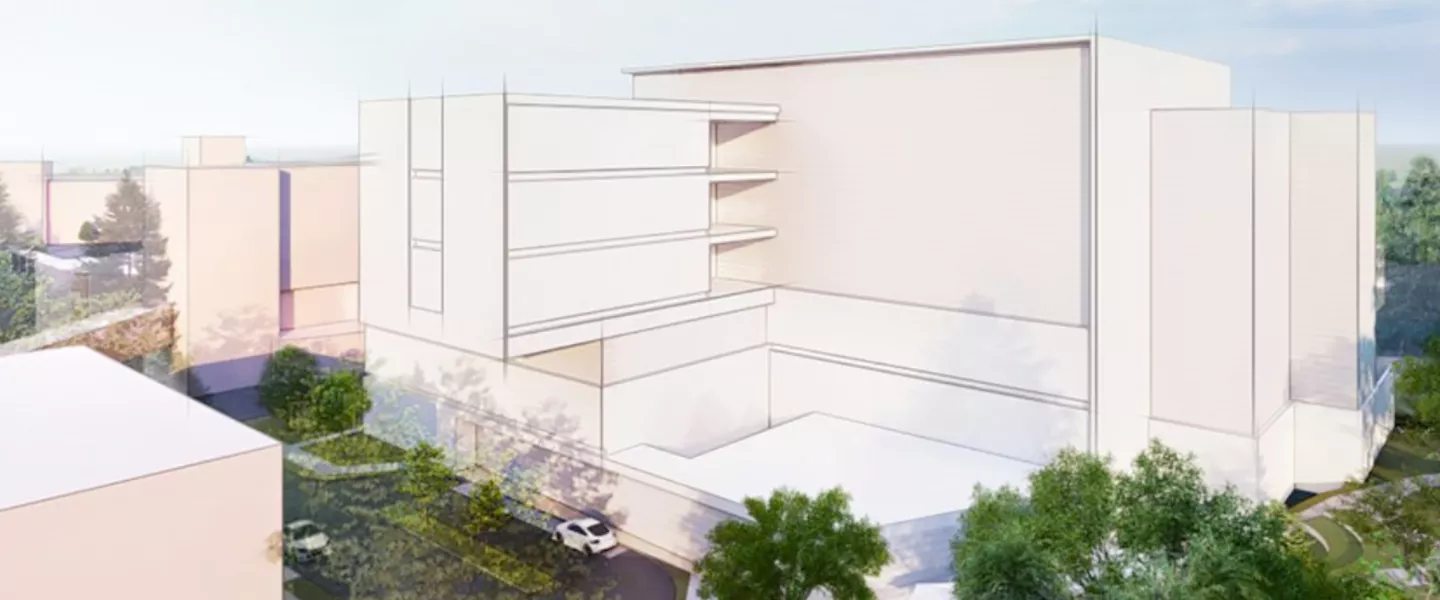
Amidst a year filled with uncertainty, Clark teams across the country have found innovative strategies to keep the momentum going on their projects, maintain mission focus, and make the “new normal” work. Whether leveraging previously untapped tools and resources or pushing the boundaries of existing technologies, their agility and creativity have enabled our clients’ projects to move ahead while keeping teams safe.
In Seattle, the University of Washington’s Behavioral Health Teaching Facility project team’s forward-thinking design management tactics are yielding greater team engagement and efficiency and enabling them to reach critical early milestones. This past October, the team marked the completion of Design Validation - a critical building block for the project. This accomplishment, while admirable under normal circumstances, is especially noteworthy given the team’s all virtual approach to moving design forward.
The 210,000-square-foot, integrated-design-build project was just beginning design development when Washington State’s Stay Home, Stay Healthy order went into effect in March. The sudden moratorium on group gatherings forced the team to rethink their approach to design validation – a process that traditionally relies on large in-person work sessions. Almost instantly, project leaders were faced with the challenge of connecting upward of 40 stakeholders to keep the project on track and do so in a manner that spurred collaboration and supported social distancing measures. Over a three-week period that followed, Design Manager Ellen Mulvanny and Project Executive Michael Rechnitz worked to restructure team meetings, evaluate applications to support design discussions, and gather critical input on their proposed path forward.
Their efforts produced a path that allowed design development to move forward safely and securely; it also advanced softer team goals, such as relationship building – all in a virtual setting. Now in full swing, the team’s virtual Big Room meetings are divided between two days each week. The first day features a check-in with all project stakeholders, including owner representatives, design partners and consultants, subcontractors, and the construction team, followed by Project Working Team (PWT) meetings. During day two, the entire team re-unites for a report-out on what happened the day prior. These sessions provide a snapshot of the team’s progress and an opportunity to capture feedback from individuals who didn’t participate in PWT discussions.
To determine whether the process they’ve set forth is working, the UW team conducts participant polling. Leveraging Poll Everywhere, a survey tool that captures and displays participant responses in real-time, they solicit plus/delta feedback on meetings. “It is important for us to take the group’s pulse and understand whether what we’ve deployed is effective,” notes Mulvanny. “This exercise has provided valuable input that helps us fine-tune meetings and drive deeper team engagement.”
The team is also harnessing a collaborative online whiteboard application that the project’s design team had used previously to further support effective design discussions and recreate the walls of the Big Room. “We’ve had a lot of success utilizing the platform as a virtual pin-up board,” said Rechnitz. A traditional Big Room is filled with drawing and concepts on the walls to keep stakeholders in the zone. The platform provides the experience of huddling around these elements. A sticky notes feature allows participants to comment on ideas and concepts in real time; that dialogue is preserved as part of project’s permanent record. “We are able to track design progress and share it with Clark leadership, team members, and project stakeholders for feedback,” notes Mulvanny. “We’re also able to sketch over existing schemes in our virtual meetings – it serves as a literal whiteboard for visual brainstorming with everyone participating from different locations.”
While video conferencing and other technologies have allowed work to progress, what’s often lost in the virtual environment are the intangible benefits that come with face-to-face meetings. Casual, organic conversations that occur around the coffee machine or water cooler prior to the start of meetings are an important byproduct of larger team gatherings and help cultivate relationships and trust among stakeholders.
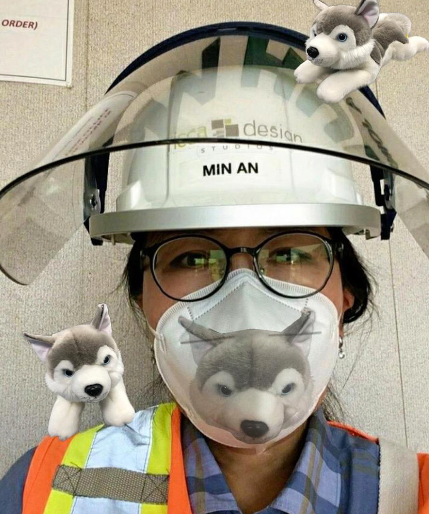
Understanding how important a strong team dynamic is to the health and success of the project, Rechnitz and Mulvanny factored relationship building into their virtual Big Room plans. Design meetings begin each week with a 15-minute coffee chat, during which participants are divided into virtual breakout rooms and prompted with a question to spur conversation. Breaking up the group randomly unites members of the team whose paths may not typically intersect. During the 15-minute sessions, no one talks about work. To create a deepened sense of connectivity among the larger team, they also established a team mascot – a husky named Dubs. A photo of Dubs is passed to a new team member each week with the notion that whoever receives it will share a photo of themselves with the pup. Each of these activities is designed to strengthen the team bond and provide a glimpse into members’ personal lives, revealing shared interests and points of commonality among the group beyond the project itself.
There is no denying the benefits of in-person collaboration, but when done right, a virtual approach can yield compelling results. “We continue to see the upside of this format,” notes Rechnitz. While the virtual set-up has resulted in more meetings, the format is also limiting unnecessary emails and promoting greater “face-to-face” communication and collaboration among the team. Valuable time previously spent commuting to and from meetings is also being saved. “Though we had no other choice but to pivot this past spring, in the end, we’re using our time more effectively and seeing more consistent and greater participation from all stakeholders,” adds Mulvanny.
The University of Washington Behavioral Health Teaching Facility team has developed a proof of concept and a framework by which to move forward. Their success to-date is emblematic of the entire team’s commitment to the process and ability to adapt. While the larger part of 2020 has been filled with unforeseen challenges, there’s a silver lining emerging in the new normal, and with it comes greater certainty for the future and for our clients’ projects.
